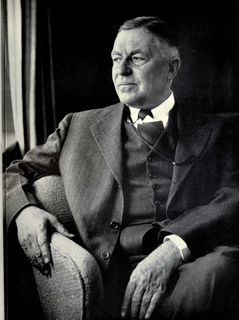| Macropholidus huancabambae | |
|---|---|
| Scientific classification | |
| Kingdom: | Animalia |
| Phylum: | Chordata |
| Class: | Reptilia |
| Order: | Squamata |
| Family: | Gymnophthalmidae |
| Genus: | Macropholidus |
| Species: | M. huancabambae |
| Binomial name | |
| Macropholidus huancabambae (Reeder, 1996) | |
Macropholidus huancabambae is a species of lizard in the family Gymnophthalmidae. [1] It is endemic to Peru.

Lizards are a widespread group of squamate reptiles, with over 6,000 species, ranging across all continents except Antarctica, as well as most oceanic island chains. The group is paraphyletic as it excludes the snakes and Amphisbaenia; some lizards are more closely related to these two excluded groups than they are to other lizards. Lizards range in size from chameleons and geckos a few centimeters long to the 3 meter long Komodo dragon.

Gymnophthalmidae is a family of lizards with at least 250 species, sometimes known as spectacled lizards or microteiids. They are called 'spectacled' because of their transparent lower eyelids, so they can still see with closed eyes. Like most lizards, but unlike geckos, these eyelids are movable. The Alopoglossidae have been recently moved from this family.

Peru, officially the Republic of Peru, is a country in western South America. It is bordered in the north by Ecuador and Colombia, in the east by Brazil, in the southeast by Bolivia, in the south by Chile, and in the west by the Pacific Ocean. Peru is a megadiverse country with habitats ranging from the arid plains of the Pacific coastal region in the west to the peaks of the Andes mountains vertically extending from the north to the southeast of the country to the tropical Amazon Basin rainforest in the east with the Amazon river.





